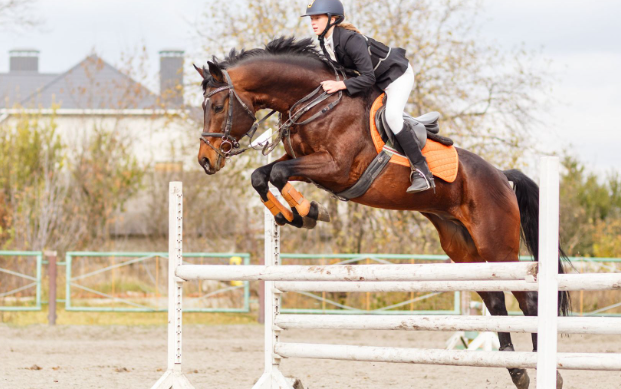Horse Riding Jumping: An Exciting Path to Equestrian Excellence
Horse riding jumping is not just a thrilling sport; it’s a dynamic way to build a partnership with your horse, enhancing your riding skills and confidence. Whether you’re a novice or an experienced rider, jumping offers challenges that foster growth and enjoyment in your equestrian journey. Understanding the essentials of jumping can elevate your experience in the saddle, making it both safer and more rewarding.
Understanding the Basics of Jumping
Jumping is an art that requires skill, coordination, and a solid foundation of riding techniques. Before you tackle fences, ensure you have a good grasp of equitation, balance, and control at lower levels. Starting with ground poles can help develop your horse’s confidence and responsiveness. Gradually, as you both become comfortable, you can introduce small jumps, focusing on correct form and timing. Consistency and patience are key; don’t rush the process. It’s also beneficial to seek guidance from a qualified instructor who can provide constructive feedback and help you navigate the early stages of jumping.
Jumping Techniques for Success
Successful jumping combines a variety of techniques that bring rider and horse together in a fluid motion. One essential technique is the two-point position, where the rider stands in the stirrups, allowing for greater freedom of movement while maintaining balance over the jump. Timing your horse’s approach and taking a supportive position as you near the jump will help ensure a smooth takeoff. Always remember to remain relaxed and focused, as tension can transfer to your horse, impacting their performance. Practicing regular gymnastic exercises, such as grids or bounces, can help develop your horse’s agility and strength, leading to more confident jumping.
Safety Considerations in Jumping
Safety is paramount in jumping, both for the rider and the horse. Wearing a well-fitted helmet and appropriate riding boots is essential for protection. Regularly checking your horse’s tack, particularly the saddle and girth, will prevent accidents caused by ill-fitting equipment. Additionally, understanding your horse’s limits is crucial; never push them beyond their capabilities. Educate yourself on proper landing techniques and how to dismount safely in the event of a fall. Building a strong foundation of safety practices will allow for enjoyable and secure jumping experiences as you progress.
In Conclusion
Horse riding jumping offers an exhilarating blend of challenge and partnership, enhancing both your skills and your bond with your horse. Whether you’re just starting or looking to refine your jumping techniques, the journey promises both excitement and growth. Explore local riding schools or equestrian clubs to take your next step in this rewarding sport. Remember, each jump is not just a physical challenge but a stride towards a deeper understanding of your equestrian abilities. Happy jumping!



